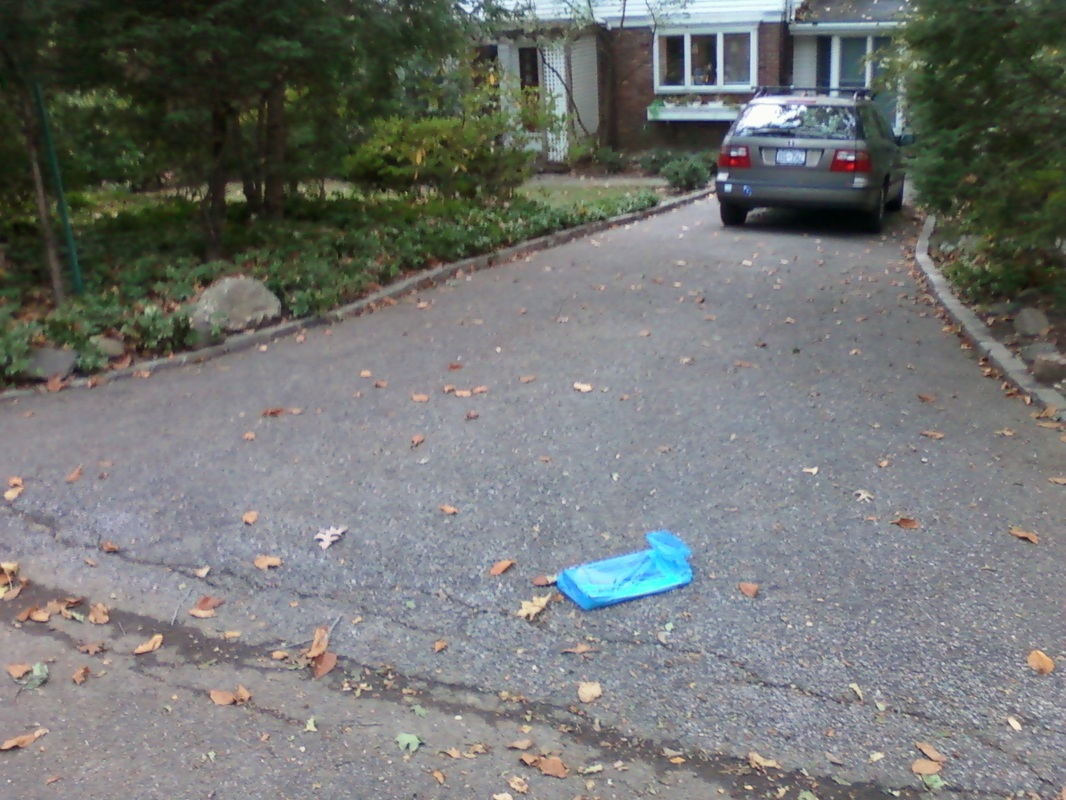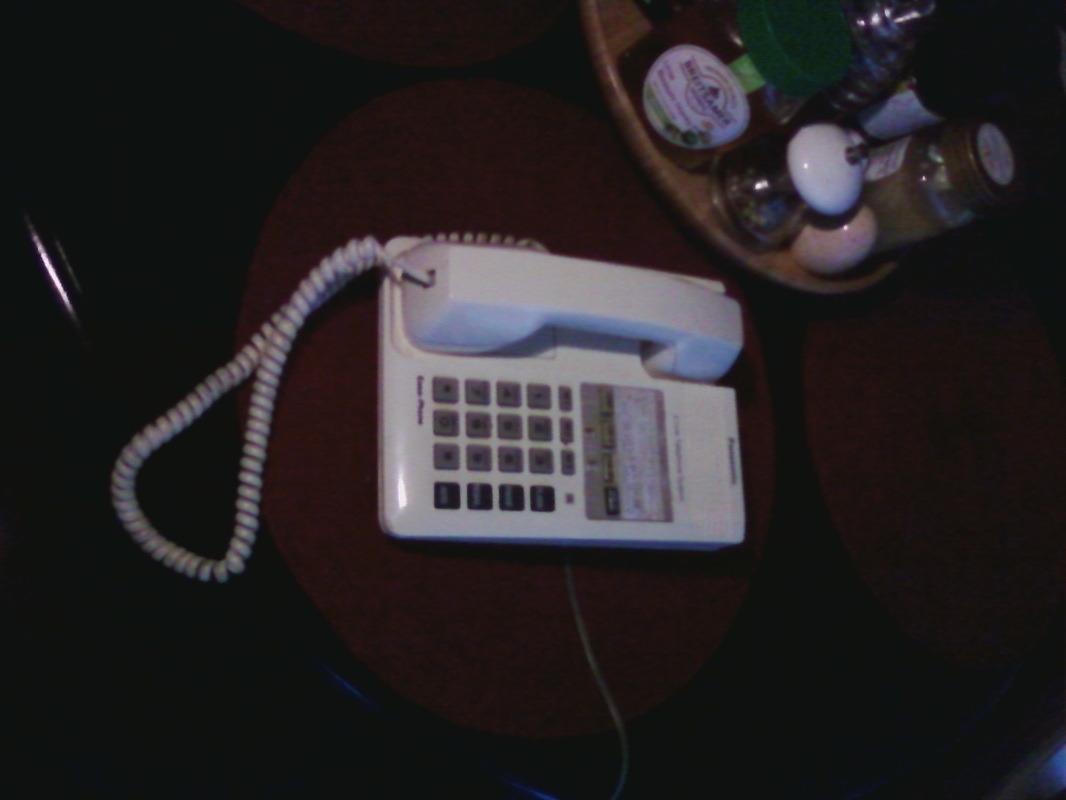|
Got no heat, got no Internet, got minimal cell phone coverage.
But two artifacts from antiquity have helped us stay in touch with reality since the lights went out Monday evening: The familiar blue wrapper containing The New York Times in the driveway and the stolid landline telephone in our kitchen. I have been able to read the paper – even without that technological marvel called the Internet that is suddenly not available. I marvel at the work my friends at the home office in New York and the College Point plant and the drivers and deliverers did to produce this miracle at our house. They gave up the reassurances of being with family to do their jobs the way “newspaper people” (like my father and my mother and my three children) have been doing for a long time. Note I said “newspaper people.” It’s still a paper -- the best in the world, as far as I can see – produced by some very smart and dedicated people. Yes, I love the emerging on-line form – the future, I am sure. I flick through the web package to seek the latest electoral percentages from Nate Silver and am a junkie for breaking news as it hits the web. But for this elder, there is nothing like “the paper.” In my driveway. Thank you, all. The same goes for the landline phone. We have invested in cordless phones (that wear down much too quickly) but have resisted all those offers to link our phones to our cable package. We kept the landline, sensing that in a time of troubles it might enable us to get calls from the office and family and friends, plus robocalls from local officials who say LIPA may get to us by Thanksgiving or maybe New Year’s. Our house is intact while some homes took direct hits from trees. My wife has made great meals on our gas stove and we have gas-heated water and the other day our neighbors let us run a cord to their generator, giving us a bit of electricity for a few chores. We are blessed. Plus, those relics, the paper in the driveway and the landline phone, keep us in touch with the world. (sent from the local stop-and-shop) 11/3/2012 10:53:07 am
Gorge 8/17/2013 03:22:17 am
I was wondering how Gritty treated you further if total was well. Delighted to apprehend you are many ok moreover carrying on in nice specters in resentment of the charge plus the dilemmas they are having getting all dorsum up moreover running further.
Altenir Silva
11/3/2012 04:08:11 pm
Hi George,
John McDermott
11/4/2012 12:57:37 am
I was wondering how Sandy treated you and if all was well. Glad to know you are all ok and carrying on in good spirits in spite of the damage and the problems they are having getting everything back up and running again. Nice to see that "the paper", in a time of real crisis, still relies on a wise old head to keep everything in perspective and tell it like it is(or should be!).
Gene Palumbo
11/4/2012 08:07:32 am
Just in case you didn't know: George had a column in Saturday's Times on the decision to call off the marathon: "Wisely Stepping Aside in a Bombarded City,"
Mike C
11/4/2012 08:22:23 am
George,thanks so much for putting this in for us at the Cp plant!Our team is proud of another stellar performance,Sandy couldn't keep us down.
Altenir Silva
11/4/2012 10:12:43 am
Dear George, 11/4/2012 12:15:27 pm
Altenir--If you see a message in red at the bottom after you submit, don't do it again. It will post if you hit the refresh arrow at the top left of the URL bar.
Altenir Silva
11/4/2012 02:37:53 pm
Sorry for the inconvenience, I got confused.
Altenir Silva
11/4/2012 10:13:50 am
Dear George,
Brian Savin
11/8/2012 12:35:25 pm
The copper telephone landline is extremely dependable, mostly because it comes with its own electricity and it doesn't need so much as to be dependent on all the electric company transformers that are susceptible to falling trees every road. Thus, unless the phone line is severed, it pretty much keeps working. Unfortunately, the political climate has allowed the utilities to become deregulated and the telcos this year are beginning to request that they be relieved of the obligation to maintain this technology. Already, Verizon does not repair copper lines, but converts customers to IP phone service. Here in rural Connecticut we had the old "step by step" switching technology until the late eighties, which meant the phone rang the old codes of the party line days. We were two longs. It was a sight to see it work in the central office. As numbers were dialed, switches would fall into place to connect the signal path of the call. Fascinating stuff. A different standard of dependability. 11/9/2012 10:14:21 am
The infrastructure and deregulation problems are not unique to the telephone lines. The needed push for additional sources of energy, and electricity, is partially offset by the low efficiency (about 50%) of the transmission lines.
George Vecsey
11/9/2012 10:39:01 am
I can remember party lines in Queens in the mid 40's. Heck, I can remember blackouts. 8/8/2013 11:14:41 pm
I marvel at the work my friends at the home office in New York and the College Point plant and the drivers and deliverers did to produce this miracle at our house. 9/21/2013 01:44:26 am
I am thrilled to browse the whole content of this page and am very glad and elated to say that the blogger has done a very great thing here to put all the best stuff and information right here, i must recommend this information with a shout out on my blog. 8/7/2014 03:53:52 am
Hey there, You've done a fantastic job. I will certainly digg it and personally suggest to my friends. I'm confident they'll be benefited from this website. Comments are closed.
|
Categories
All
|











